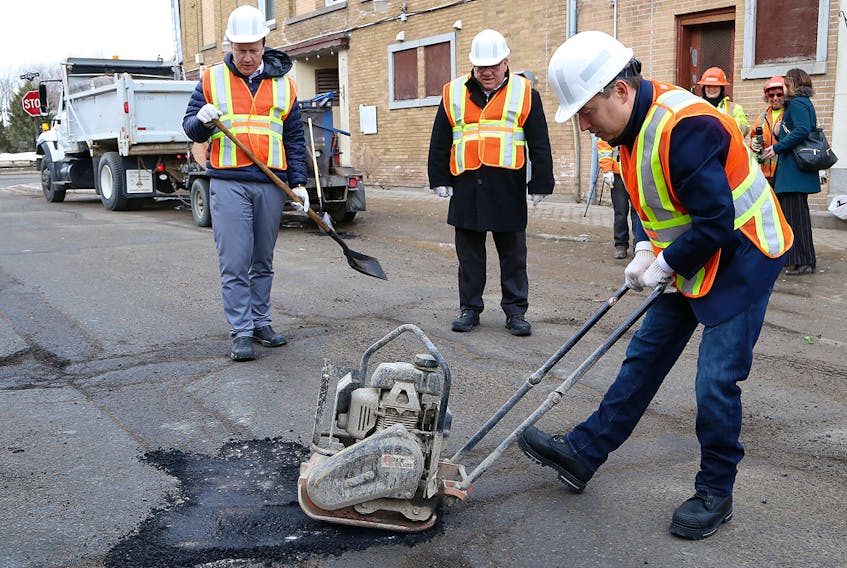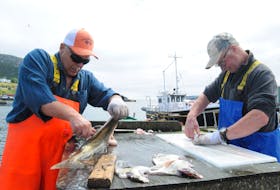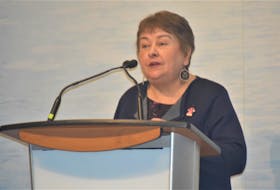OTTAWA, Ont. — Total spending in the Liberal infrastructure program reached $25.6 billion over the last three years, according to a new report which suggests signs of progress on a signature government ambition that has been hampered by an inability to get money out the door.
In a report released Thursday, Infrastructure Canada provided a comprehensive update on the federal government’s plan to spend roughly $190 billion over the next 12 years to build new roads, bridges, rail expansions and telecoms lines, among other infrastructure projects.
The program has been widely criticized for being too slow to get new projects built, as well as failing to meet Ottawa’s own targets to stimulate economic growth. But Thursday’s update provides at least some indication that some developments are beginning to get underway, gradually raising the tally of expenditures under the program.
Those include a few big-ticket expenditures like $888-million for the expansion of the Millennium light rail line in Vancouver, B.C., and $1.53-billion for the Green Line rail expansion in Calgary, Alta. Smaller expenditures include recreational facilities, water treatment plants and clean power projects.
Justin Trudeau announced the infrastructure spending plan as part of the Liberal campaign platform in 2015. It was to be funded in part by budget deficits, its stated intent to boost the Canadian economy.
The plan involved heaping nearly $100 billion in new spending onto a number of existing infrastructure programs, for a total of nearly $190 billion over 12 years. The $25.6 billion in new spending between 2016 and 2019 reported Thursday puts the government over a quarter of the way to its nearly $100 billion target. Spending on older programs over the same period, meanwhile, was $16.7 billion — adding up to a grand total of $42.3 billion over the last three years.
In a statement, Infrastructure Minister François-Philippe Champagne said the program has seen “tremendous progress” in recent years, adding that he has seen first hand how it has helped communities.
But frustrations over the tardy rollout of the Liberal program over the last three years have continued to linger, particularly from municipalities who claim they have not yet received large chunks of cash promised by the feds.
In its 2019 budget, Ottawa caved to those concerns, announcing it would boost funding for its gas tax fund by $2.2 billion for a single year, effectively working around the provinces to deliver infrastructure cash directly to cities and towns.
“We haven’t been able to do exactly what we expected and that was the reason for the municipal infrastructure top-up,” Finance Minister Bill Morneau told reporters on budget day.
The federal government has long said that the primary reason for delays in its infrastructure spending was a failure by provinces to return receipts for the expenditures back to Ottawa.
Still, the economic stimulus promised under the plan have fallen short. In a 2018 report, the Parliamentary Budget Officer estimated that Liberal infrastructure spending spending in 2017-18 had raised Canadian GDP by between 0.13 and 0.16 per cent, below the 0.4 per cent target set by Ottawa in its 2016 budget.
• Email: [email protected] | Twitter: jesse_snyder
Copyright Postmedia Network Inc., 2019









